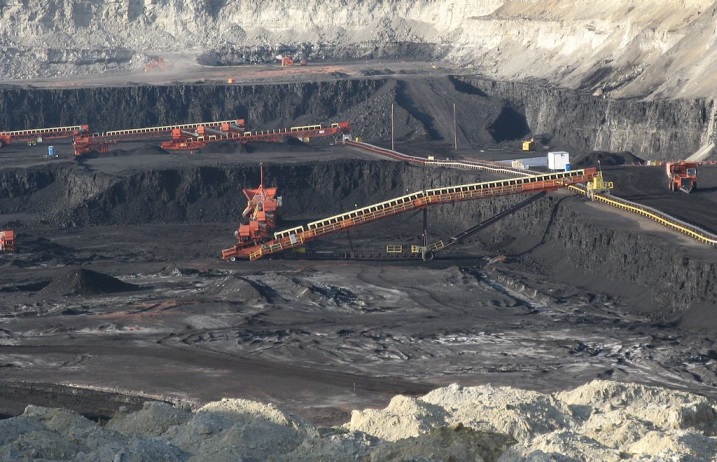 The Sabin Center has published a student paper by Mark Bond* which examines the legal and practical consequences of regulating greenhouse gas emissions as hazardous air pollutants under §112 of the Clean Air Act.
The Sabin Center has published a student paper by Mark Bond* which examines the legal and practical consequences of regulating greenhouse gas emissions as hazardous air pollutants under §112 of the Clean Air Act.
To download the full paper, click here.
This paper poses three questions: 1) Can greenhouse gases be regulated under §112 of the Clean Air Act? 2) If they were to be regulated in this way, what would be the practical consequences? 3) Should greenhouse gases be regulated this way?
The author reaches the following conclusions: greenhouse gases can indeed be regulated under §112; if they were to be regulated, the practical consequences would be substantial but potentially manageable; and whether or not they should be regulated in this way depends entirely on the nature and survival of the upcoming New Source Performance Standards under §111(d). If §111(d) regulation survives, the question of whether or not §112 regulation could co-exist arises, with the answer being in the affirmative albeit with potentially prohibitive difficulties. If §111(d) regulation fails, §112 regulation may serve as a regulatory last resort on which the Environmental Protection Agency may have to rely in order to seriously tackle the threat of climate change.
* Mark Bond is a 2015 graduate of Columbia Law School.



